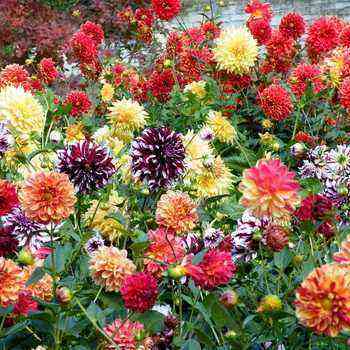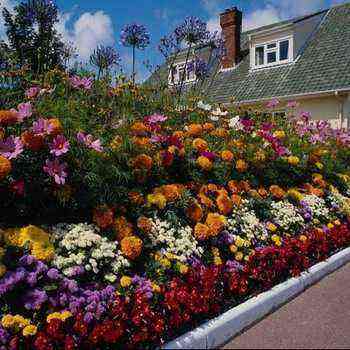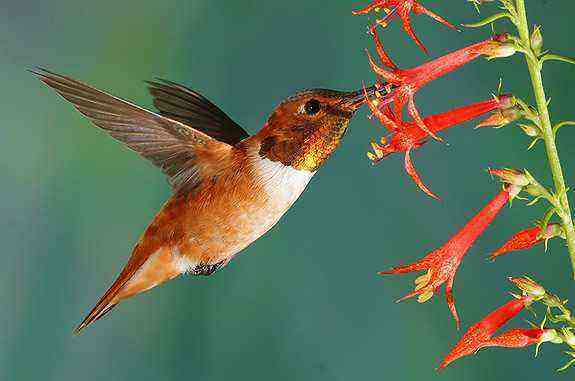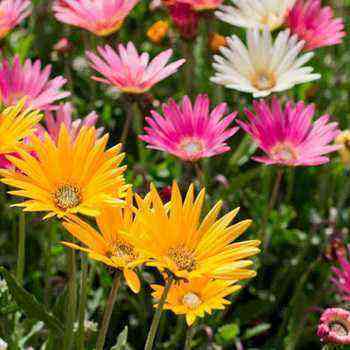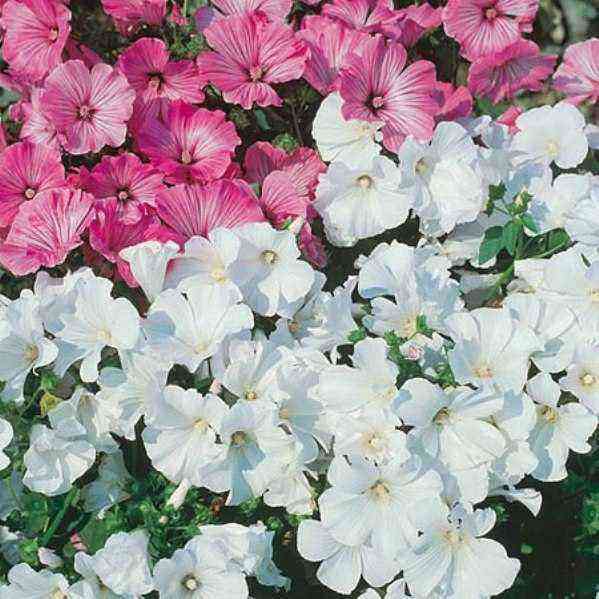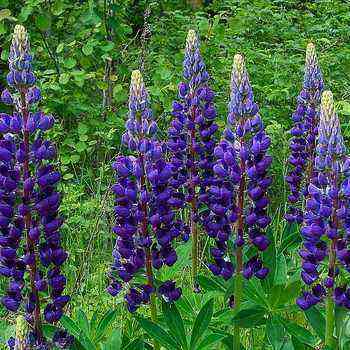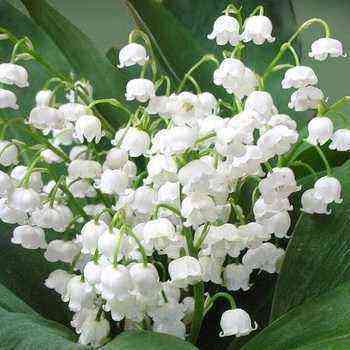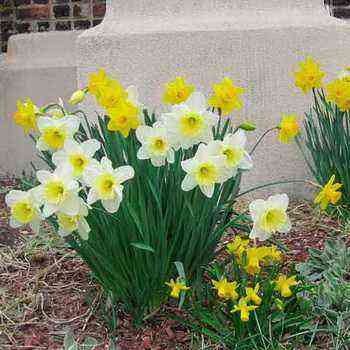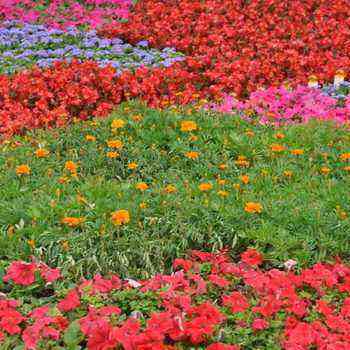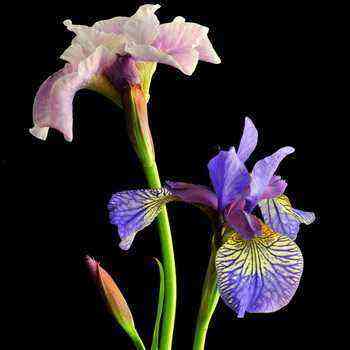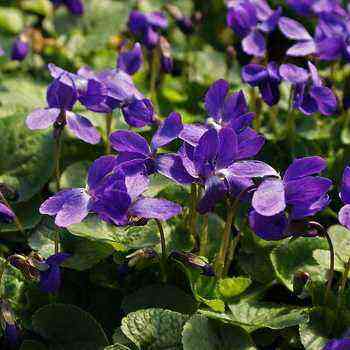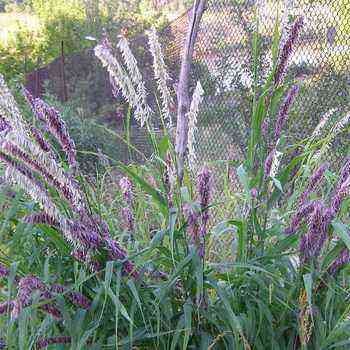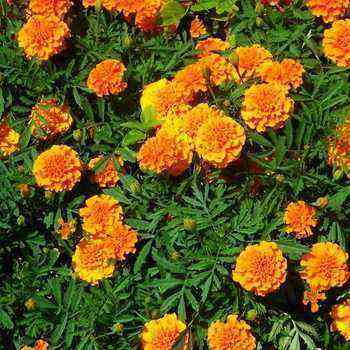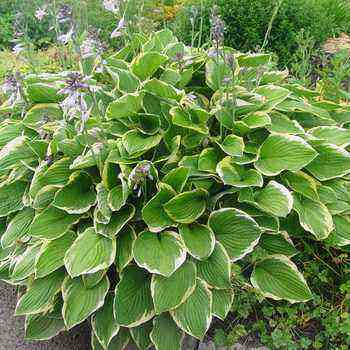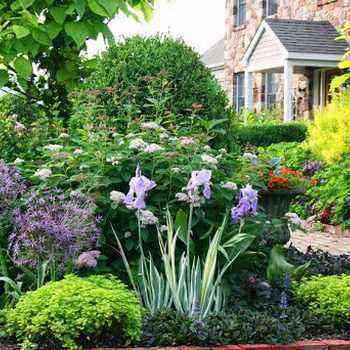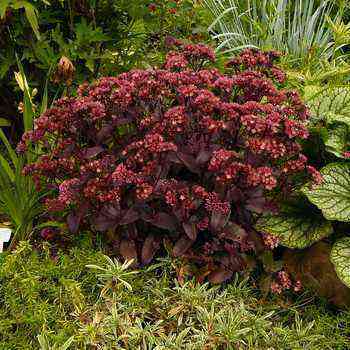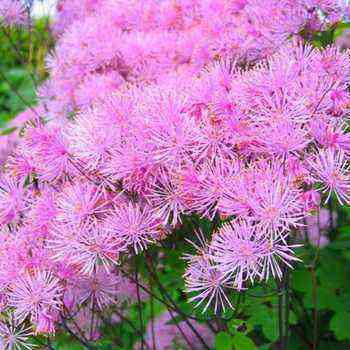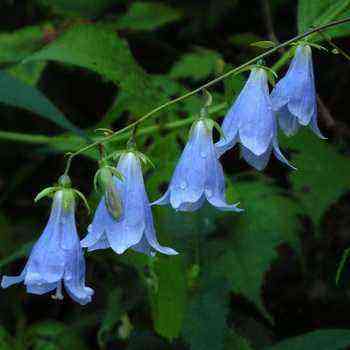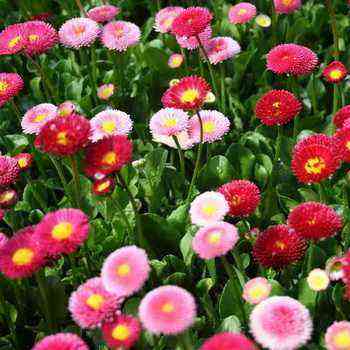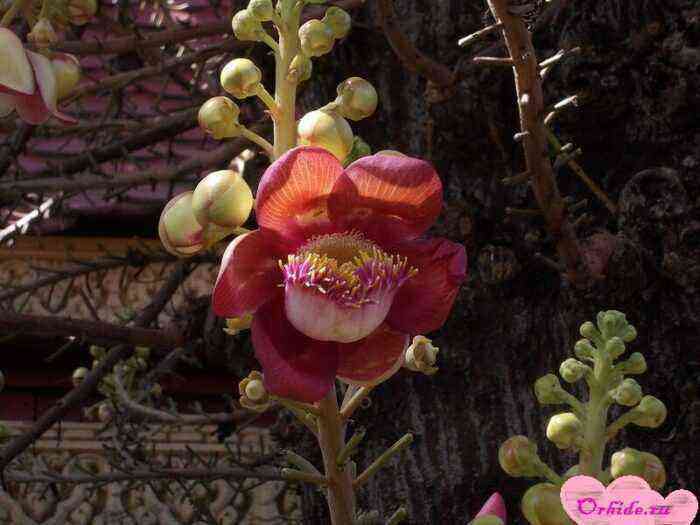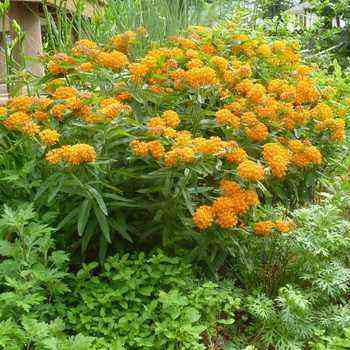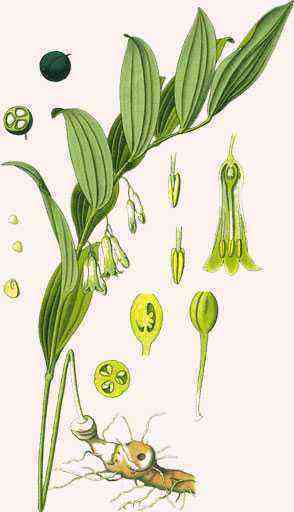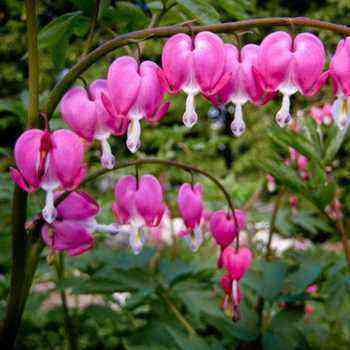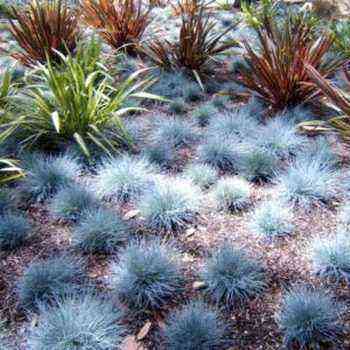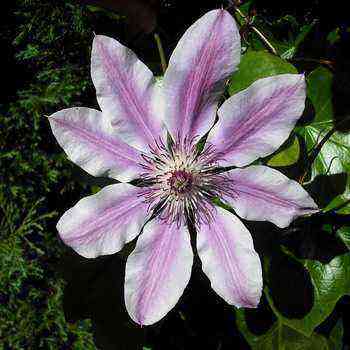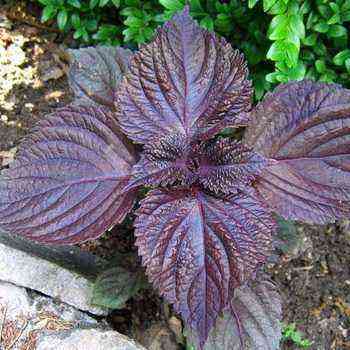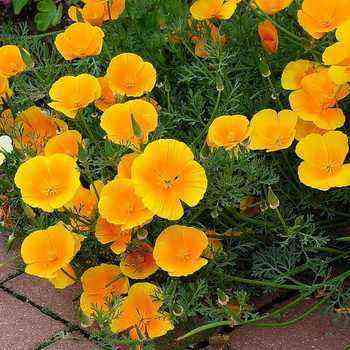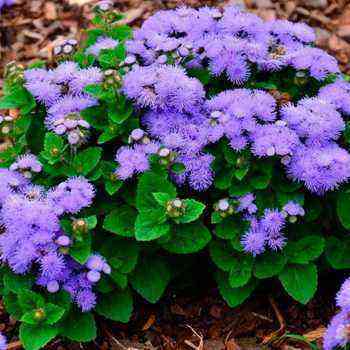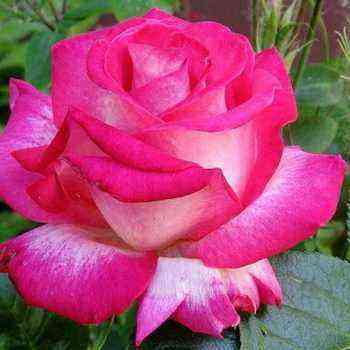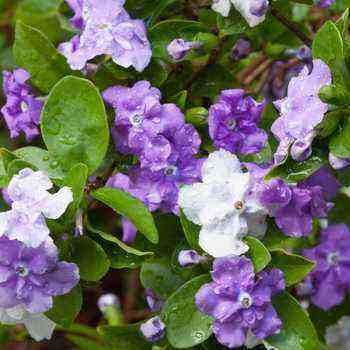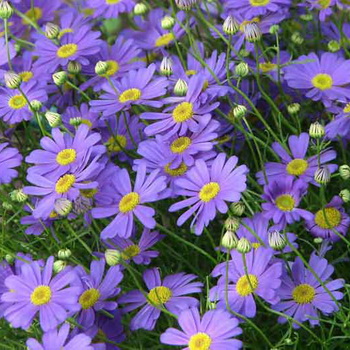 The genus Brachikoma belongs to the Asteraceae or Asteraceae family. It includes more than 70 species of annual and perennial herbaceous plants, but only one is used in floriculture – b. Iberis (Brachycome iberidifolia). The flower is native to the alpine and subalpine regions of Australia, Tasmania, New Zealand and New Guinea. Plants are ideal for decorating a home garden in a “natural” landscape style, as well as for growing in pots and hanging planters.
The genus Brachikoma belongs to the Asteraceae or Asteraceae family. It includes more than 70 species of annual and perennial herbaceous plants, but only one is used in floriculture – b. Iberis (Brachycome iberidifolia). The flower is native to the alpine and subalpine regions of Australia, Tasmania, New Zealand and New Guinea. Plants are ideal for decorating a home garden in a “natural” landscape style, as well as for growing in pots and hanging planters.
Description of brachycoma Iberisoliferous
The name of the plant, translated from Greek, means “short hairs”. Most likely, it was given to this flower for having a cannon on the seeds.
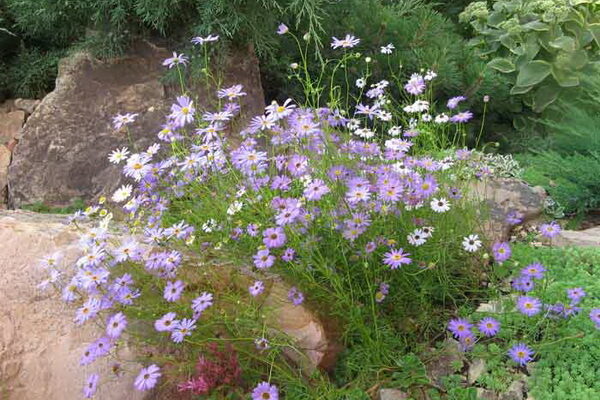
Brachikoma Iberisoliferous is a one-season plant with branched stems, delicate leaves and delicate inflorescences in the form of stars. This culture attracts with its grace and delicate aroma.
Breeding work on the cultivation of these plants in Europe began in 1843, where they were introduced by the British naturalist William Dampier, who was also the first to compile a botanical description of brachycoma.
Among the most popular varieties are:
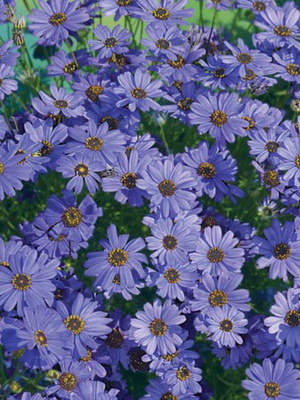
‘Blue Carpet’ – with sky blue flowers

‘Pink Carpet’ with bright pink inflorescences
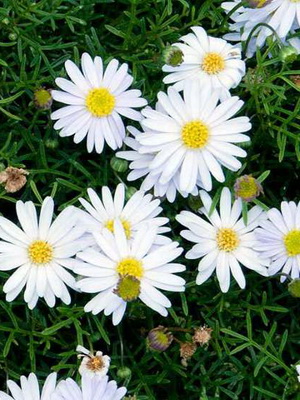
‘Snow Star’ with snow-white flowers
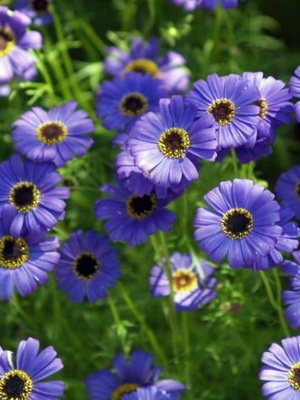
‘Blausternchen’ with bright blue inflorescences
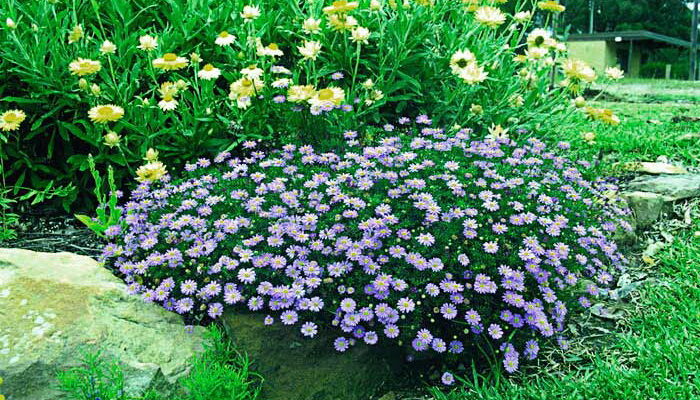
Magenta Deligth with flowers
Reminiscent of fuchsia, Bravo has six colors.
The varieties are also very beautiful:
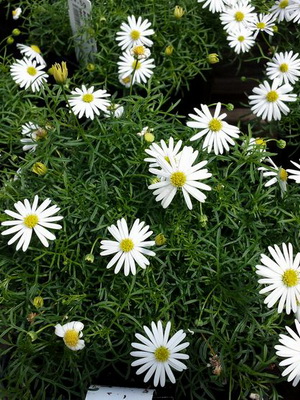
“Swan Lake”
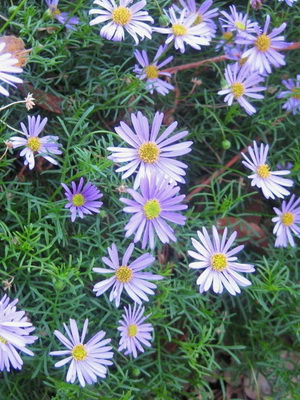
“Palermo”
There are forms in which the outermost flowers are twisted in the form of tubes. Recently, several varieties have been bred with purple-red and dark purple flowers.
Brachycome iberidifolia blooms from July to September, some varieties – before the onset of frost.

Brachikoma Iberisoliferous is an ideal herb not only for open ground, but also for pots, containers and planters.
Growing and using brachicoma
Requirements for environmental conditions. The plant is warm and light-requiring, prefers light nutritious soils. Not afraid of droughts at all. The flower prefers areas that are well lit and sheltered from the wind. The soil should be loose so that moisture and air pass through well. The acidity level is neutral. On dense soils, the flower grows poorly, because Brachikoma has a weak root system, therefore it grows poorly on dense soil.
Breeding. Before sowing seeds, the soil can be shed with a solution of potassium permanganate in order to protect the plants from being damaged by fungal diseases. When planting with seeds, the first seedlings appear after 6-8 days, if the air temperature at this time is kept at 18-20 degrees. After the first leaves appear, the temperature can be reduced to 13-15 degrees.
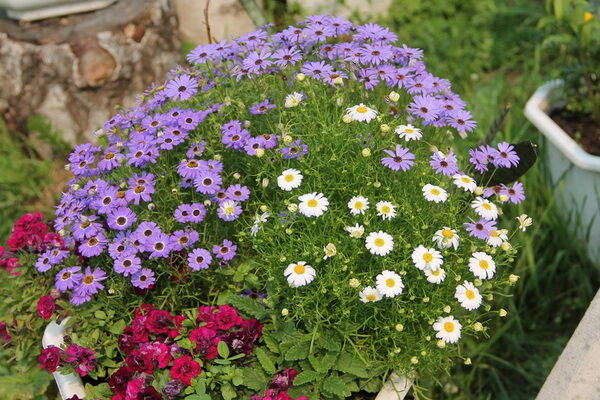
When growing brachycomas, the seeds are sown shallowly due to their microscopic size. When grown in greenhouses, the seed is planted in March-April. Seedlings are planted in a permanent place in open ground in April-May in nests of 3-5 pieces at a distance of approximately 20-25 cm from each other. Hybrid varieties can be propagated by cuttings.
Seedlings are watered as the topsoil dries up and fed with nitrogen and potassium fertilizers once every 10 days. Water procedures must be done very carefully so as not to damage the seedlings, using the “stream” position on the spray bottle.
You can avoid picking if you have planted 2-3 seeds in special peat pots. If you plan to keep the brachicoma Iberisolata in containers or flowerpots, it is better to immediately dive the seedlings to the place of permanent cultivation, so as not to expose the plants to unnecessary transplantation. To ensure lush flowering, after the appearance of 5-6 leaves, young bushes must be pinched.
Planting grown seedlings in a flower garden is done without deep deepening. This is done towards the end of May, since return frosts are not terrible for strong plants.

Those who want to have this plant in their garden, but are too lazy to plant brachicoma, can be reassured: it reproduces well by self-sowing, therefore sometimes this plant is included in the list of perennials, believing that the roots that have overwintered in the ground will sprout next year. True, in this case, re-grading occurs and the plants do not retain their exceptional characteristics.

You can try growing Brachycome as a perennial plant. For this, the plant must be provided with suitable conditions at the end of the growing season. To do this, the bush is dug up, then cut off, removing the faded parts, and transferred to a cool and bright room for the winter. At this time, the plant should be watered very rarely when the ground begins to crack. In winter, you can cut off a few cuttings and root them in water. In this case, in the spring, there will be no need to fiddle with seeds and dive seedlings.

In general, brachycoma is very unpretentious, so its cultivation is available even to a novice florist. It is rarely attacked by diseases and insect pests. The only ones that can harm this flower are whiteflies or snails. In order to avoid these misfortunes in the spring, you can treat the bushes with insecticides.
The flowering of Brachycome iberidifolia in the open field begins 50-65 days after the emergence of the first shoots and continues until the onset of cold weather.
Care. In dry periods, the brachycoma iberisoliferous requires regular watering. Already flowering bushes are rarely watered, only in hot and dry weather. Once or twice a month, it is advisable to feed with a complete mineral fertilizer or a solution of wood ash. Plants need regular loosening and weeding.
These photos show the main techniques for planting Iberisole brachicoma and and caring for a flower in the open field:
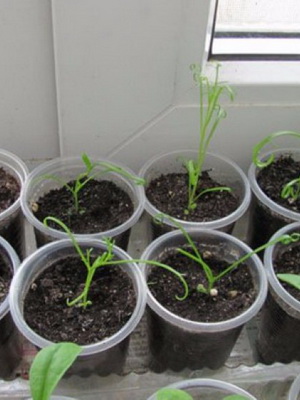
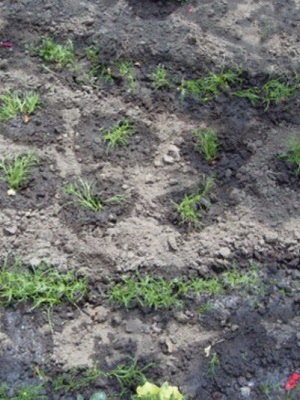
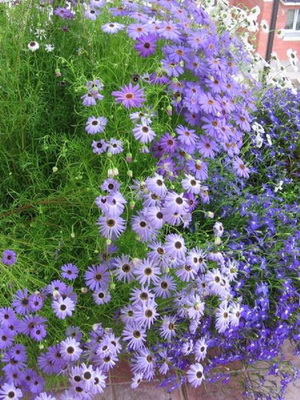
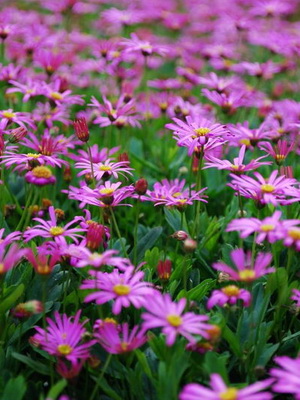
Using. Brachycome iberidifolia is an ideal plant for flower beds, flower beds, curbs, alpine slides, rockeries and rabatoks. In addition, this plant looks great in flowerpots, hanging pots and containers, decorating the front area at the entrance to the house. Can be planted in a pot of Brachic Iberis and very easily shaped into a ball with regular pruning. Such fluffy floral decorations are recommended for decorating gazebos.
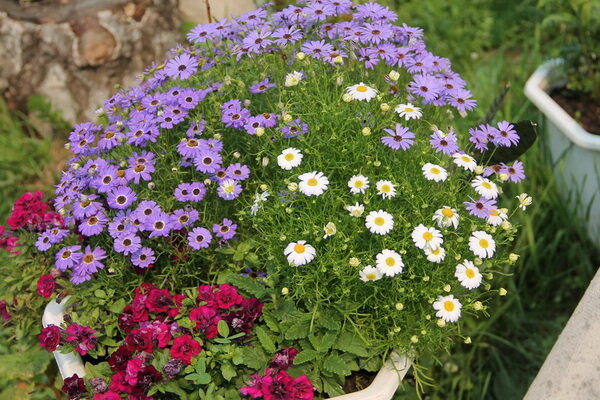
In flower beds, Brachycome iberidifolia is well adjacent to spetunias, zinnias, ursinias, ageratums, bindweed, coreopsis, rudbeckia, snapdragon, verbena, perfectly shading bright tapeworms.

